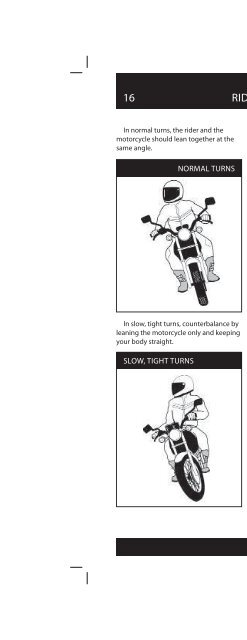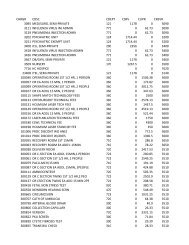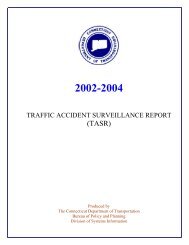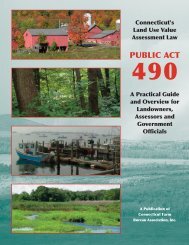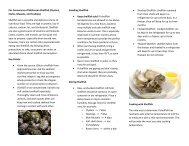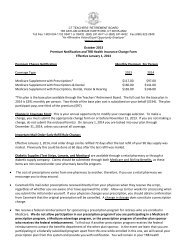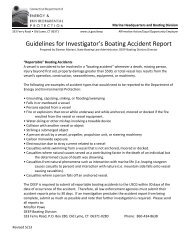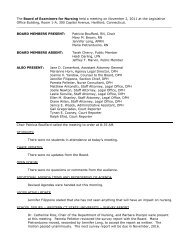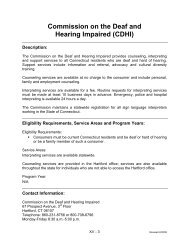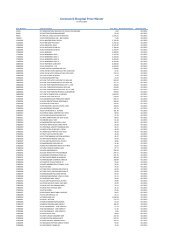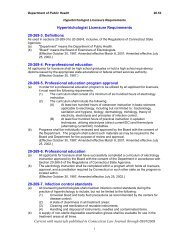The Connecticut Motorcycle Operator's Manual - CT.gov
The Connecticut Motorcycle Operator's Manual - CT.gov
The Connecticut Motorcycle Operator's Manual - CT.gov
Create successful ePaper yourself
Turn your PDF publications into a flip-book with our unique Google optimized e-Paper software.
16 RIDE WITHIN YOUR ABILITIES<br />
In normal turns, the rider and the<br />
motorcycle should lean together at the<br />
same angle.<br />
SLOW, TIGHT TURNS<br />
NORMAL TURNS<br />
I n slow, tight turns, counterbalance by<br />
leaning the motorcycle only and keeping<br />
your body straight.<br />
TEST YOURSELF 3<br />
When riding, you should:<br />
A. Turn your head and shoulders<br />
to look through turns.<br />
B. Keep your arms straight.<br />
C. Keep your knees away from<br />
the gas tank.<br />
D. Turn just your head and eyes<br />
to look where you are going.<br />
KEEPING YOUR DISTANCE<br />
Answer - page 45<br />
<strong>The</strong> best protection you can have is<br />
distance — a “cushion of space” — all<br />
around your motorcycle. If someone else<br />
makes a mistake, distance permits you:<br />
• Time to react.<br />
• Space to maneuver.<br />
Lane Positions<br />
In some ways the size of the<br />
motorcycle can work to your advantage.<br />
Each traffi c lane gives a motorcycle<br />
three paths of travel, as indicated in the<br />
illustration.<br />
Your lane position should:<br />
• Increase your ability to see and be<br />
seen.<br />
• Avoid others’ blind spots.<br />
• Avoid surface hazards.<br />
• Protect your lane from other<br />
drivers.<br />
• Communicate your intentions.<br />
• Avoid wind blast from other<br />
vehicles.<br />
• Provide an escape route.<br />
Select the appropriate path to<br />
maximize your space cushion and make<br />
yourself more easily seen by others on<br />
the road.


